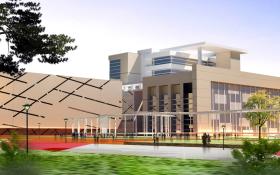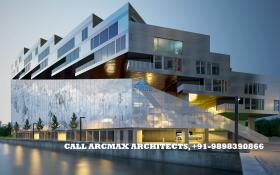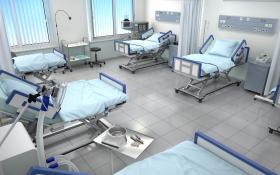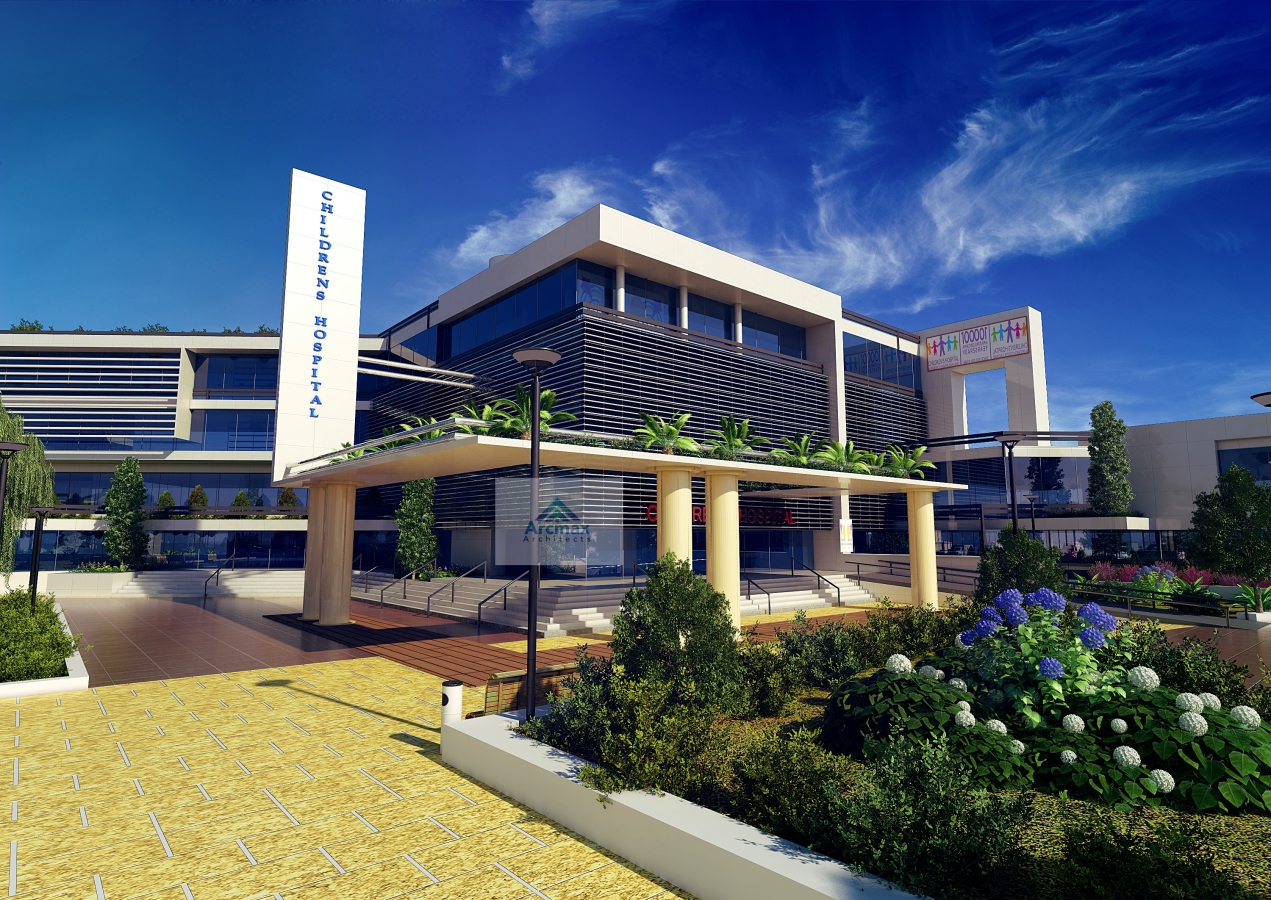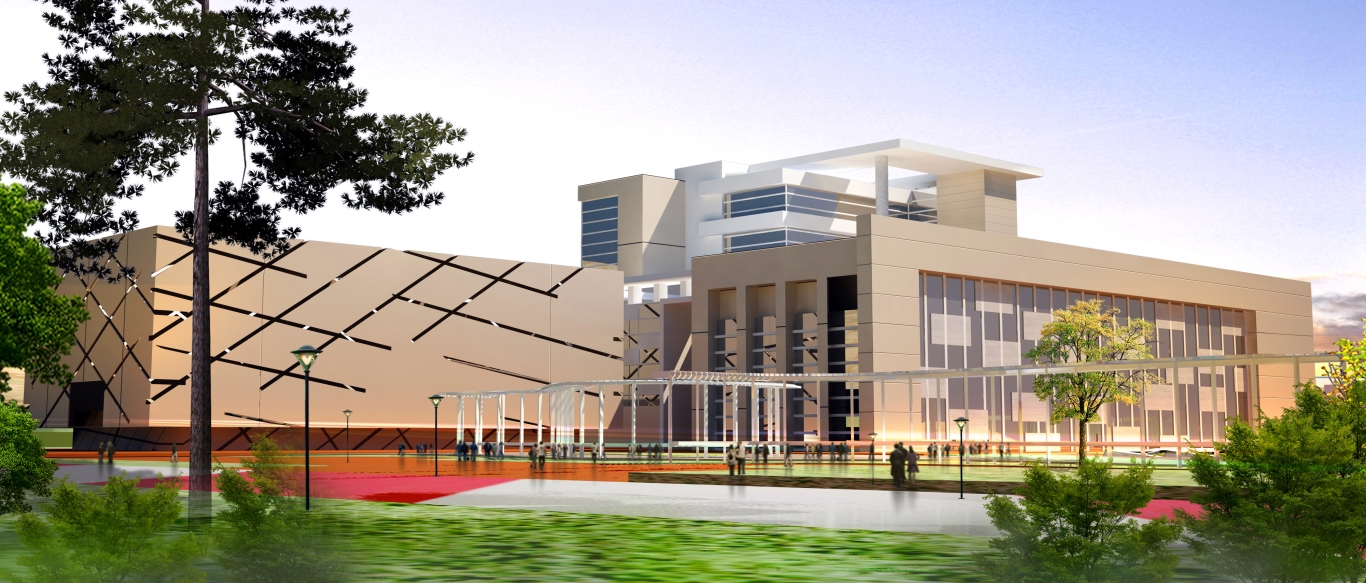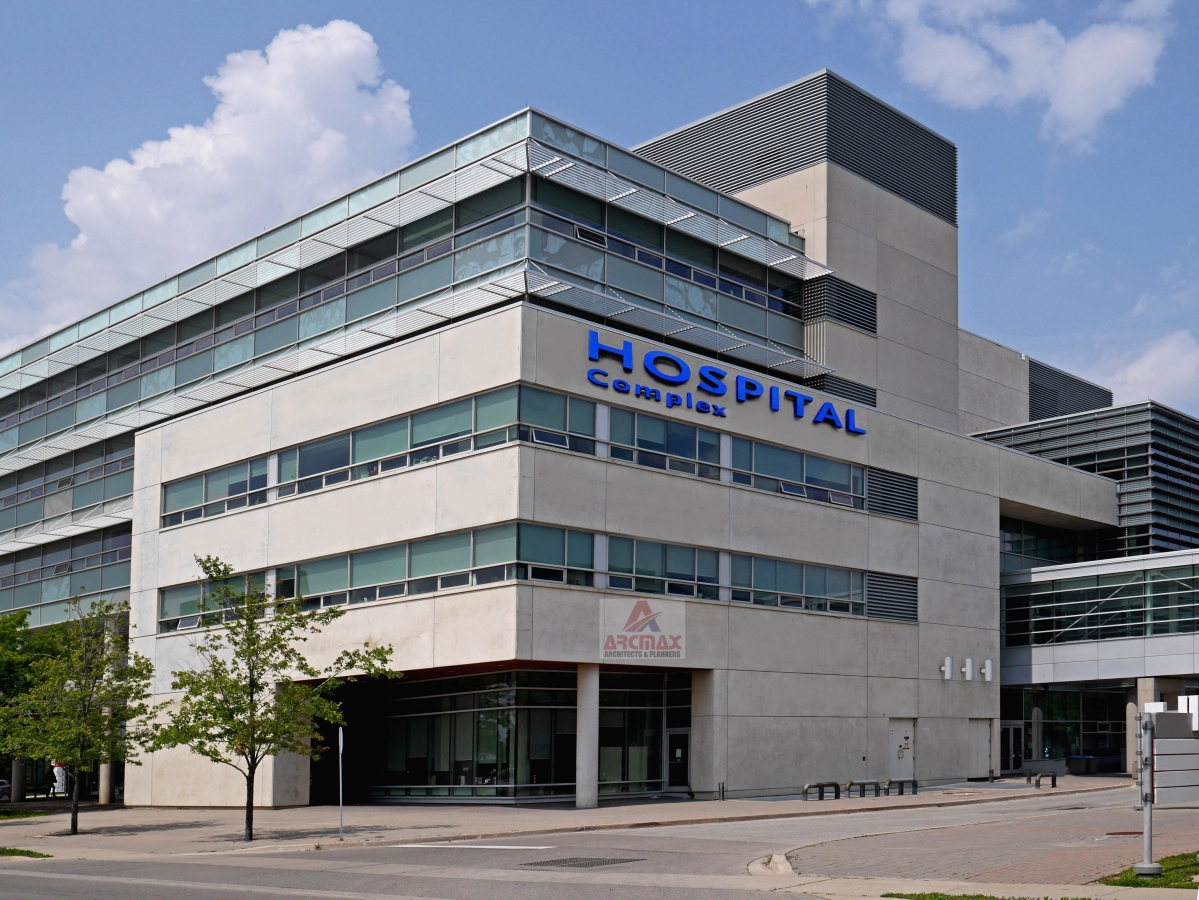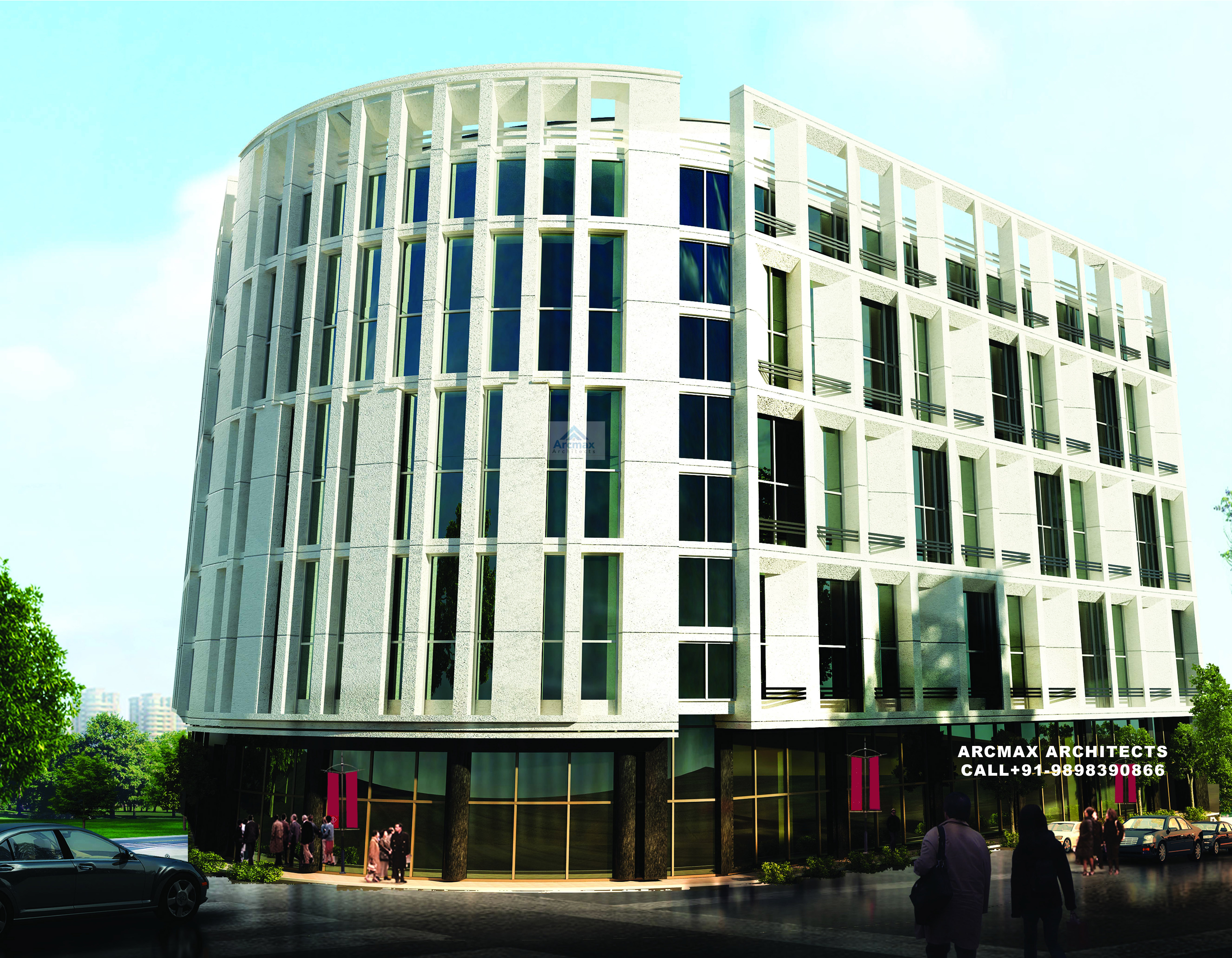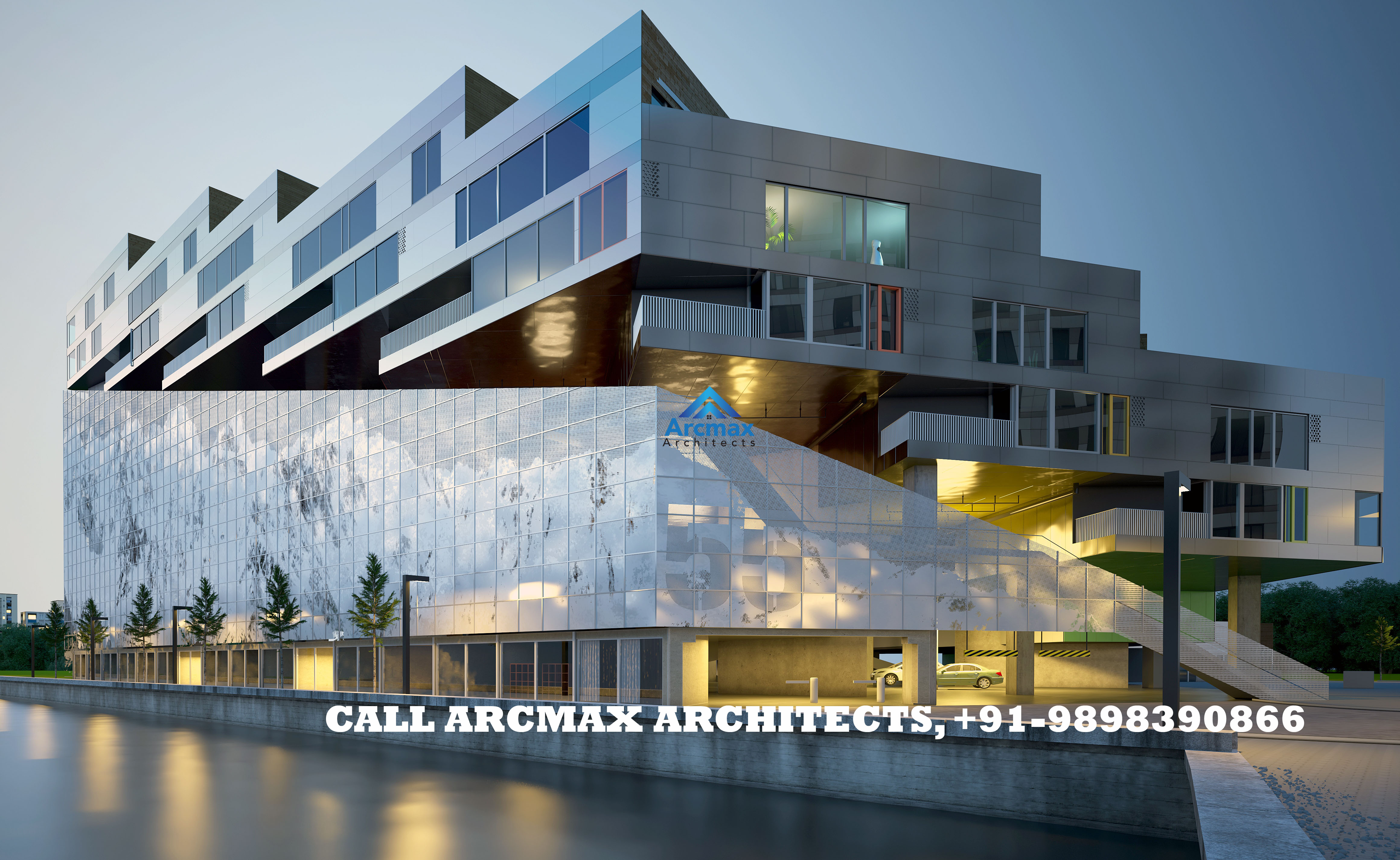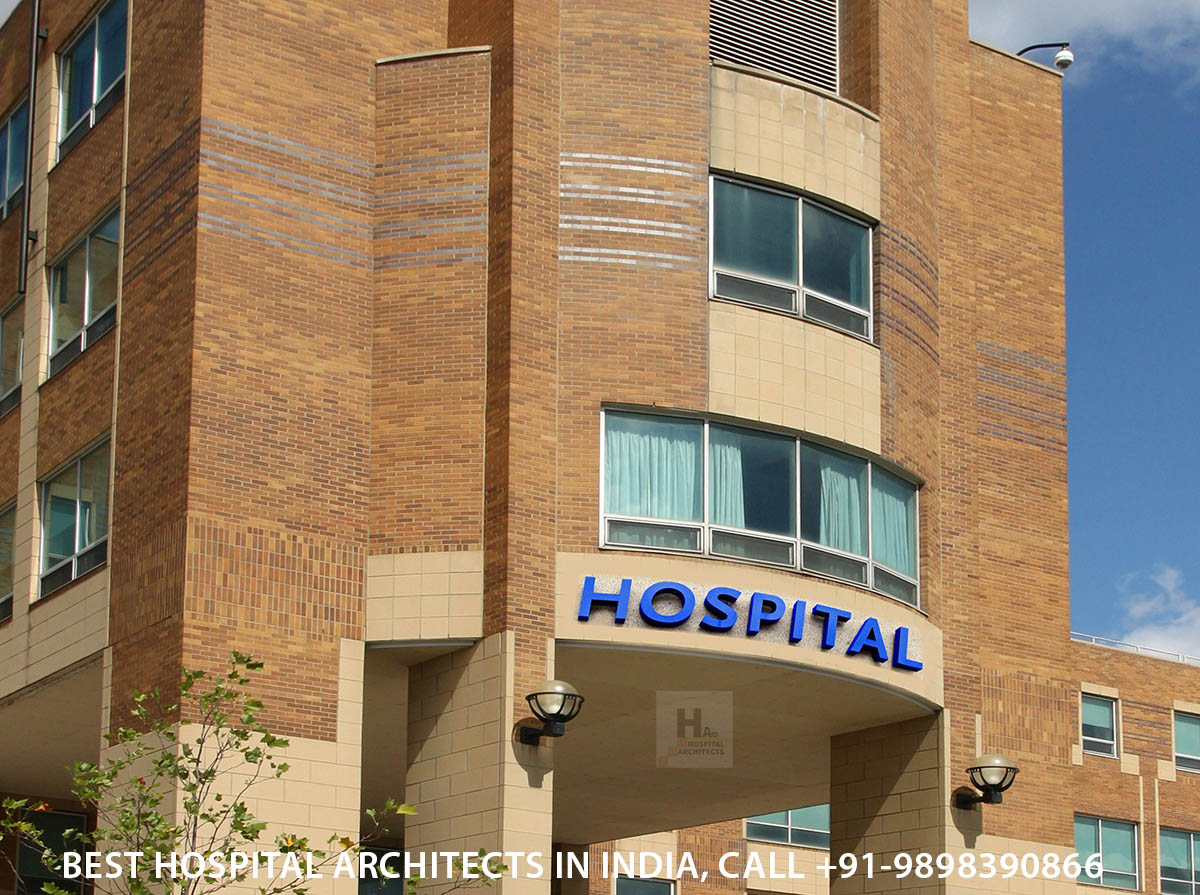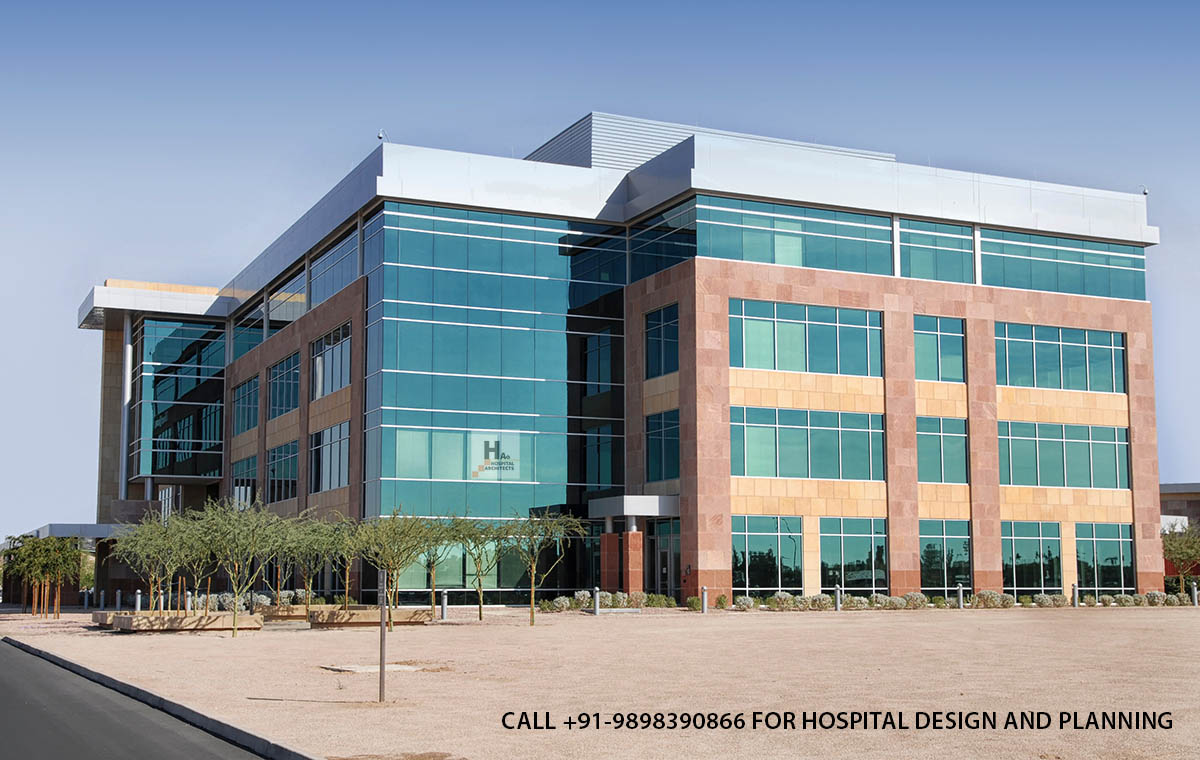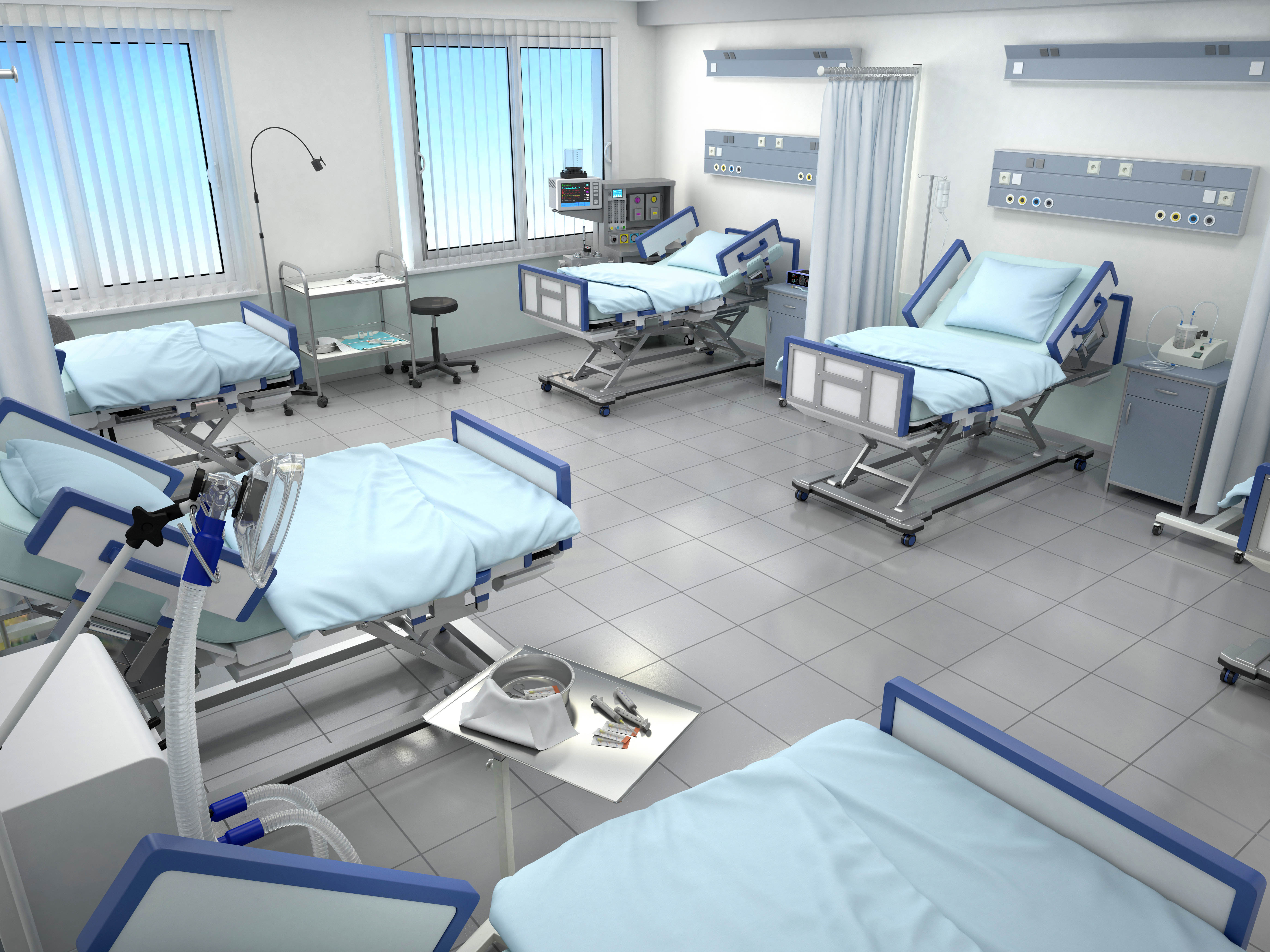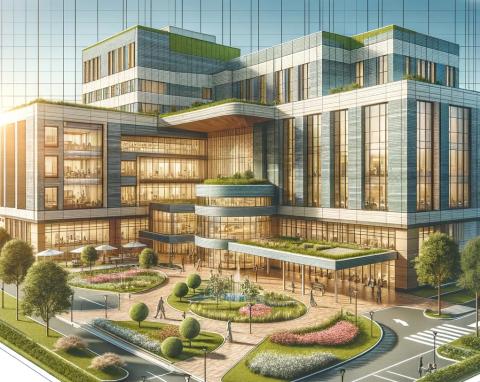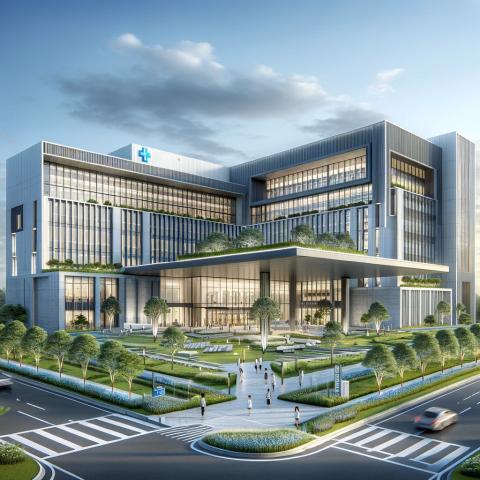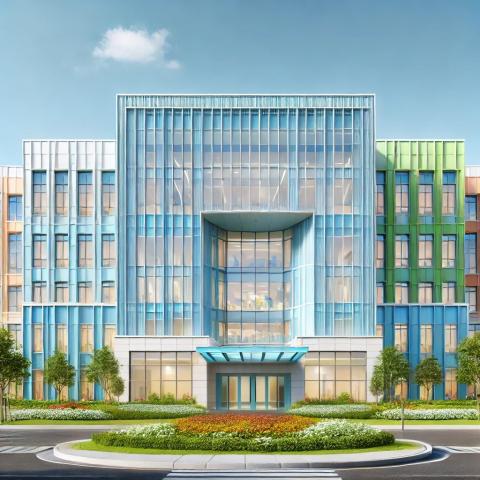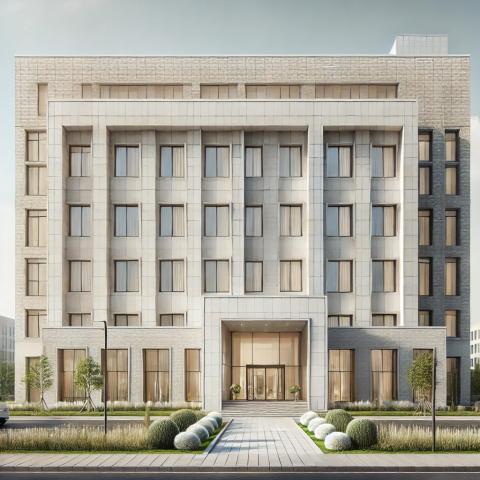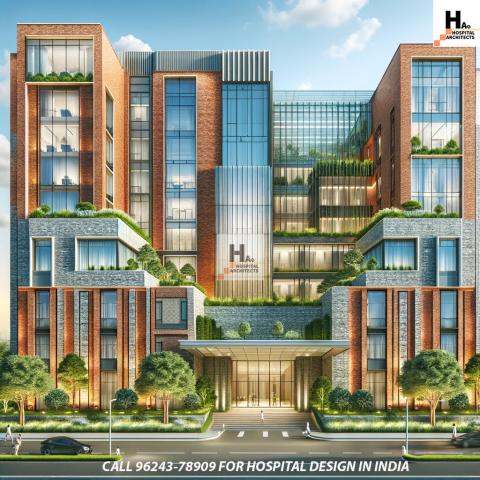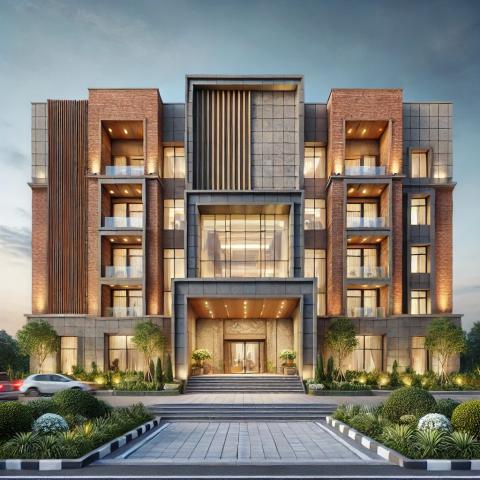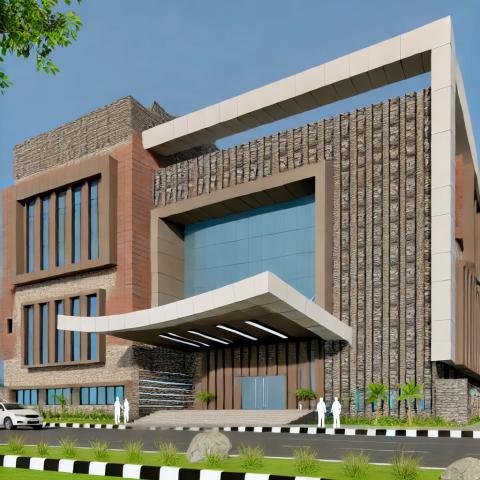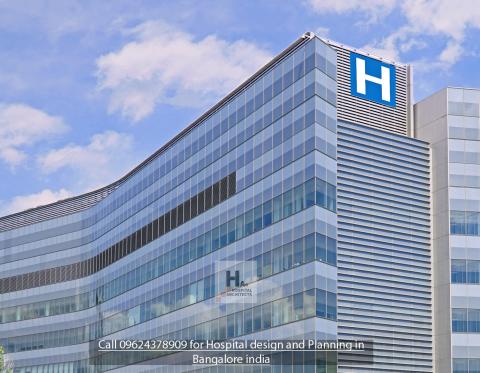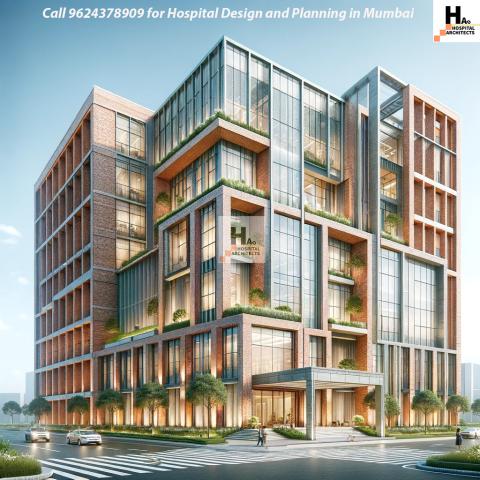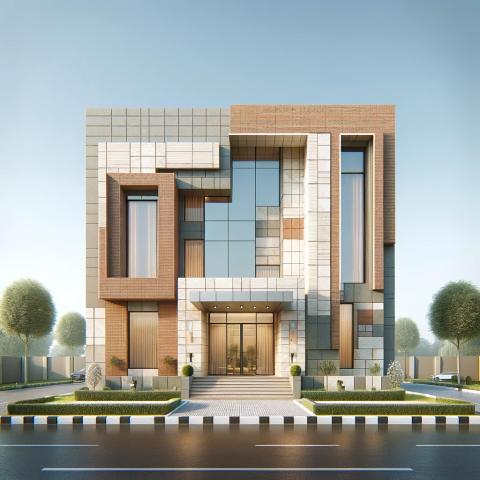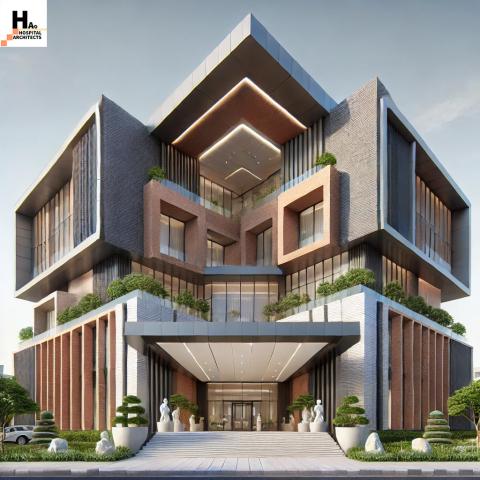Designing a 50-Bedded Hospital in India: A Comprehensive Guide By Hospital Architects(HDA)
The design of a 50-bedded hospital in India represents a crucial opportunity to address healthcare needs in a manner that is both efficient and sustainable. With a focus on providing comprehensive medical services to communities, especially in areas where healthcare infrastructure is limited, the design of such hospitals requires careful planning and a deep understanding of local needs, environmental conditions, and cultural practices. This guide outlines key considerations and strategies for designing a 50-bedded hospital in India, ensuring it meets the highest standards of care, accessibility, and sustainability.
Buy Onlien 50 Bedded Hospital design and planning Here
Understanding Local Needs
-
Community Engagement: Engage with the local community to understand their healthcare needs, concerns, and expectations. This should inform all aspects of hospital design, from services offered to architectural layout.
-
Accessibility: Ensure the hospital is accessible to everyone, including people with disabilities. Consideration should be given to transportation links, entry points, and internal navigation.
Design Considerations
-
Patient-Centric Design: Focus on creating a healing environment that promotes recovery. This includes considering natural light, ventilation, noise control, and privacy in patient rooms and wards.
-
Infection Control: Implement design strategies that minimize the risk of infection, such as separate entry and exit points for infectious diseases, easily cleanable surfaces, and adequate space for patient isolation.
-
Modular and Flexible Spaces: Design the hospital with flexibility in mind to accommodate future expansion or changes in medical practices. Modular wards, adjustable partitions, and multi-use spaces can facilitate this adaptability.
-
Sustainability: Incorporate sustainable design principles to minimize the environmental impact. This can include solar power, rainwater harvesting, energy-efficient lighting, and natural cooling techniques.
Infrastructure and Services
-
Emergency Department: Design a fully equipped emergency department with easy access for ambulances and direct connections to critical areas like the operating theatre and ICU.
-
Outpatient Departments (OPDs): Ensure OPDs are easily accessible and designed to reduce waiting times, with comfortable seating and privacy for consultations.
-
Inpatient Wards: Design wards that are comfortable, well-ventilated, and ensure privacy. Considerations should include space for attendants, especially in pediatric and geriatric wards.
-
Operating Theatres and ICU: Equip these critical areas with state-of-the-art technology and design them for maximum efficiency and infection control.
-
Diagnostic and Support Services: Include in-house diagnostic facilities such as laboratories and radiology departments to ensure timely and accurate diagnosis.
-
Public Spaces: Design welcoming public spaces, including waiting areas, cafeterias, and spiritual spaces, considering the cultural and social needs of patients and visitors.
Cultural Sensitivity
-
Cultural Design Elements: Incorporate local architectural elements, materials, and art to create a familiar and comforting environment for patients.
-
Family Involvement: Recognize the importance of family in the healing process by providing adequate space for family members to stay close to patients.
Environmental Considerations
-
Climate-Responsive Design: Utilize passive architectural strategies to make the most of natural light and ventilation, reducing reliance on artificial lighting and air conditioning.
-
Landscaping and Green Spaces: Incorporate green spaces within the hospital grounds to promote well-being for patients, visitors, and staff.
Implementation and Beyond
-
Compliance with Regulations: Ensure the design meets all local and national building codes and healthcare regulations.
-
Community Health Programs: Consider incorporating spaces for community health programs, education, and preventive care to enhance the hospital's role in promoting overall community well-being.
Designing a 50-bedded hospital in India requires a holistic approach that balances clinical efficiency with a compassionate environment for healing. By focusing on patient needs, sustainability, and cultural sensitivity, architects and planners can create hospitals that not only provide essential medical services but also contribute positively to the health and well-being of the communities they serve.
Cost of 50 beded Hospital construction in india:
Designing and constructing a 50-bed hospital in India involves numerous considerations, including architectural planning, medical equipment procurement, infrastructure development, and adherence to healthcare standards. The cost of constructing such a facility can vary widely based on location, materials, design complexity, and the level of medical technology integrated into the hospital. This content will explore the factors affecting the cost of building a 50-bed hospital in India and provide a general overview of the budgeting considerations.
Factors Influencing Construction Cost:
1. Location
The cost of land and the cost of construction labor vary significantly across India. Urban areas like Mumbai and Delhi might have higher land and labor costs compared to rural locations.
2. Design and Architecture
The architectural design influences the construction cost. A hospital requires specialized spaces, such as operating theatres, inpatient wards, diagnostic rooms, and emergency services, all of which need to meet strict medical standards.
3. Construction Materials
The choice of construction materials affects both the cost and the longevity of the hospital. Using high-quality, durable materials may increase upfront costs but can reduce long-term maintenance expenses.
4. Medical Equipment
State-of-the-art medical equipment is one of the most significant expenses in hospital construction. Operating rooms, intensive care units, and diagnostic facilities require specialized equipment that can be quite costly.
5. Infrastructure
Essential infrastructure for water supply, electricity, sewage, and medical gases adds to the construction cost. Implementing sustainable solutions, such as solar power, can reduce operational costs but may require a higher initial investment.
6. Interior and Exterior Finishes
The finishes chosen for both the interior and exterior of the hospital impact the overall cost. Hygienic and easy-to-clean surfaces are necessary for medical facilities and can be more expensive than standard finishes.
7. Regulatory Compliance
Adhering to building codes and healthcare regulations in India, including fire safety, accessibility, and environmental standards, can influence the project budget.
Estimated Cost Overview
in General considering to metro cities in india, constructing a basic 50-bed hospital in India could range from INR 10 crores to INR 30 crores or more, depending on the aforementioned factors. This estimate includes construction, basic medical equipment, and furnishing but does not account for the cost of high-end medical technology, land acquisition, or operational setup costs.
- Low-End Projects: For more budget-conscious projects, focusing on essential facilities and equipment, costs might lean towards the lower end of the spectrum.
- High-End Projects: For hospitals incorporating advanced medical technologies, luxurious patient accommodations, and high-quality finishes, costs can significantly exceed the average.
Conclusion
The cost of constructing a 50-bed hospital in India requires careful planning and consideration of various factors, from location and design to equipment and regulatory compliance. Prospective developers should conduct a detailed feasibility study and engage with experienced architects and contractors who specialize in healthcare facilities to ensure that their project meets medical standards and budgetary constraints. Collaboration with healthcare consultants can also provide valuable insights into optimizing hospital design for operational efficiency and patient care quality.
Hospital Architects (HDA)'s guide to designing a 50-bedded hospital in India is an invaluable resource for architects, planners, and healthcare providers looking to build facilities that make a positive impact on community health and well-being. Through a blend of clinical efficiency, compassion, and cultural understanding, this guide lays the groundwork for developing hospitals that serve as pillars of care and healing in their communities.


